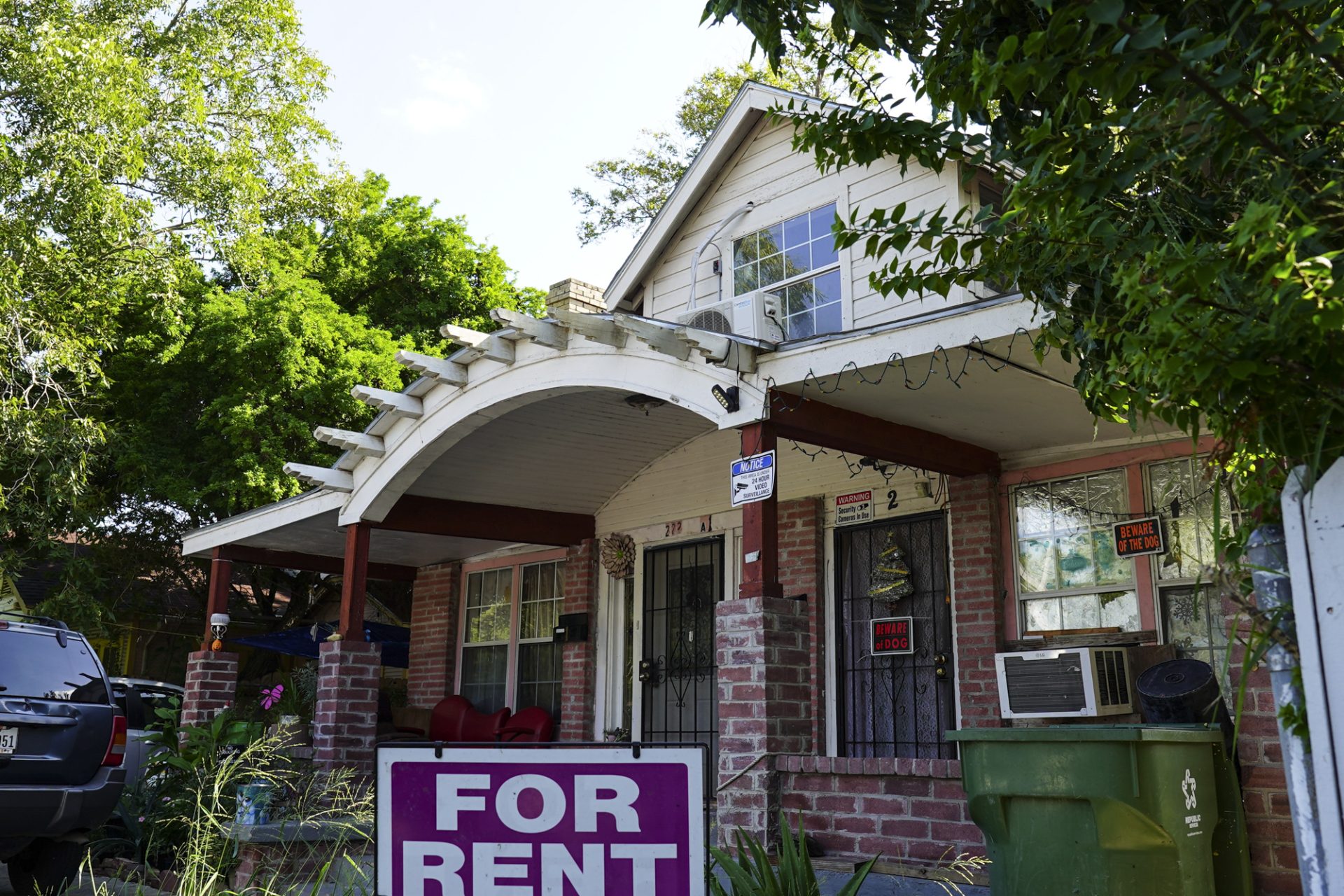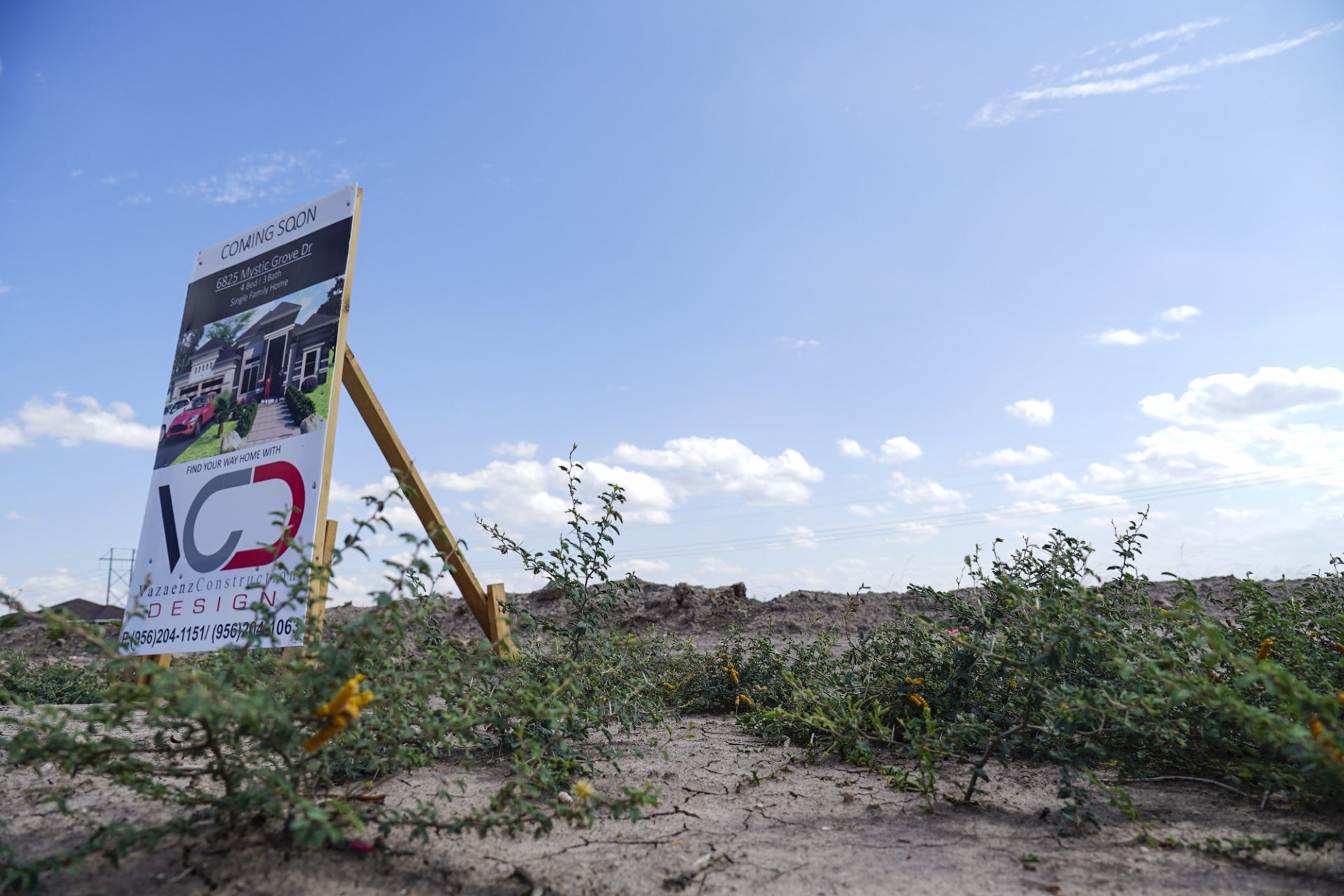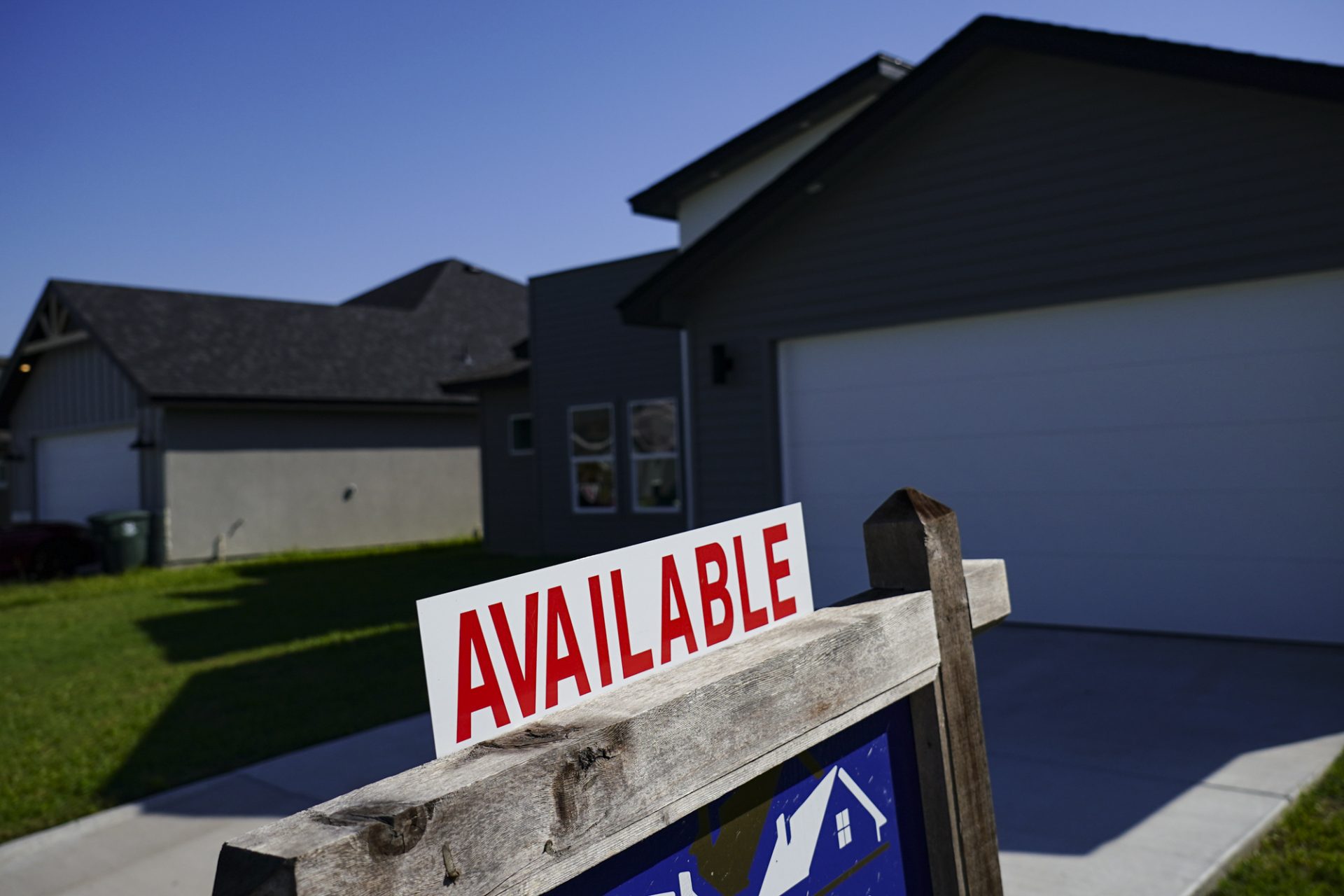When it comes to renting versus buying in the Rio Grande Valley, prospective renters and home buyers are between a rock and hard place.
You can thank the spike in mortgage interest rates, an insufficient inventory of homes for rent or sale (single-family and multi-family), rising rents and to some extent rising home prices.
Clare Losey Ph.D., Texas A&M Real Estate Research Center assistant research economist, said neither option is particularly attractive these days.
“There’s not really an ideal scenario right now, which I know is super frustrating,” she said. “Rents and home prices are highly correlated. Of course rents take more time to adjust because they’re generally on a yearly basis.”

The best option depends a household’s specific situation in terms of the mortgage interest rate, type of loan that can be obtained, and how much a potential buyer can afford to put down on a house, versus what would otherwise be spent on rent, Losey said.
The median sales price on a single-family home in the Brownsville-Harlingen Metropolitan Statistical Area (MSA) was around $230,000 in the second quarter of 2022, while the median rent for the same property was likely $1,500 to $2,000 a month, while the McAllen-Edinburg-Mission MSA was “very comparable,” she said. For first-time home buyers buying a starter home in the two MSAs, the median price was around $166,000, Losey said.
Higher mortgage interest rates, meanwhile, are partly due to the Federal Reserve’s recent actions to get a handle on inflation by hiking the federal interest rate or the rate banks charge each other for short-term loans. The federal interest rate and mortgage interest rates typically move in the same direction.
“As of Sept. 1, the average rate for a 30-year fixed mortgage was 5.66 percent, call it 5.7 percent,” Losey said. “This time last year it was around 2.9 percent. Those were historic lows. The second quarter of this year is the first time we’ve surpassed that (higher) average rate on a 30-year fixed since 2008. Buyers are definitely feeling that sting.”

The sting has only gotten worse. As of Sept. 27 the average 30-year rate had risen to nearly 7.31 percent for an FHA (first-time buyer) home loan and about than 7.74 percent for a conventional mortgage loan.
Through the second quarter, home buying in Valley had only declined slightly despite the higher mortgage rates, though the decline has been more pronounced in places like Austin and Dallas, she said.
One way to measure a market’s housing inventory, supply versus demand, is the Months Supply of Inventory calculation, which estimates how long it would take to fill up all market’s available housing inventory assuming no new inventory enters the market.
In the Valley, supply lagged behind demand even before the start of the COVID-19 pandemic and hasn’t improved much since, Losey said.
A “balanced market,” or when supply roughly equals demand, is around six and half months, she said.
The Brownsville-Harlingen MSA had a little over two months housing inventory in the second quarter, a slight improvement from one month in 2020 into the first quarter of 2022, Losey said. The McAllen-Edinburg-Mission MSA was closer to three months in the same period, she said.
“Obviously it’s quite a bit lower than what we would otherwise expect to see in a balanced market, in which conditions are neither favorable toward buyers or sellers and it’s just a neutral market,” Losey said.

A shortage of affordable housing in the Valley, especially, remains a major problem with no easy solution in sight.
Nick Mitchell-Bennett, executive director of the Brownsville-based Come Dream Come Build, a nonprofit that helps low- and moderate-income families, said home prices in the region typically were rising about 3 percent a year until the pandemic, when prices shot up “anywhere between 40 to 60 percent in just 12 months.”
The situation has been exacerbated by the hundreds of SpaceX employees locating to Brownsville and environs in the last year or so in response to the company’s call for skilled people to come and help develop Starship at Boca Chica/Starbase.
According to 2022 report “Housing Underproduction in the U.S.” conducted by Up for Growth, which advocates for housing equity nationwide, Texas is among the three states with the highest incidence of housing “underproduction” in the nation, the other two being California and Florida.
What they share in common are populations with high percentages of Latinos, a group disproportionately impacted by housing shortages. The Brownsville-Harlingen MSA has the seventh worst housing underproduction problem in the country, according to the report. That’s across affordable housing, market rate and rentals, Mitchell-Bennett said.

Losey said that despite the shortage of great options when it comes to renting versus buying, buying is usually preferable in terms of the longer term financial benefits of owning a home.
A first-time buyer of a median-priced home who gets an FHA loan is likely looking at a monthly payment of between $1,700 and $2,100, she said, and while that’s probably higher than what the rent would be on a comparable property, it pays off ultimately because a home buyer owns something in the end and a renter does not.
“There is that forced savings mechanism and all of the accrued wealth-building benefits from home ownership,” Losey said.
While the hike in interest rates haven’t sent home prices in the Valley surging to the extent that Austin and Dallas, mainly due to faster population growth in those places, the Valley probably isn’t immune, she said.
“Housing activity, especially home prices, may be a little bit slower to respond to the rise in mortgage interest rates, but it’s something that will probably happen in the future,” Losey said. “While you may not be feeling as much of an impact right now, that could certainly play out in the future.”




